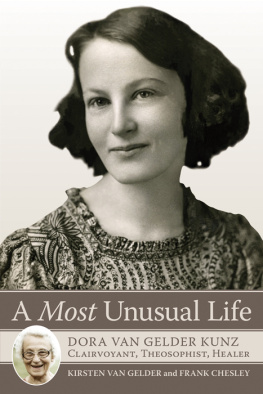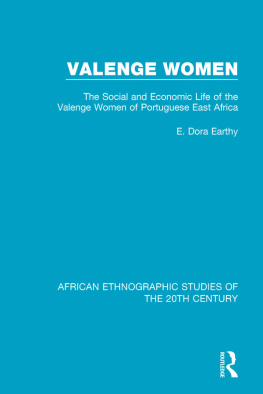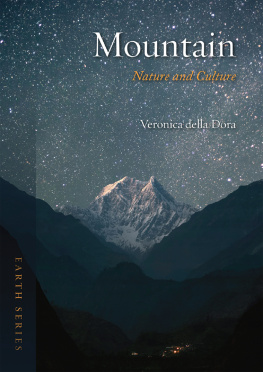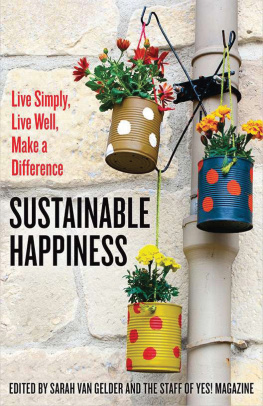Learn more about Kirsten van Gelder at www.questbooks.com
Find more books like this at www.questbooks.com
Copyright 2015 by Kirsten van Gelder
First Quest Edition 2015
Quest Books
Theosophical Publishing House
PO Box 270
Wheaton, IL 60187-0270
Without limiting the rights under copyright reserved above, no part of this publication may be reproduced, stored in or introduced into a retrieval system, or transmitted, in any form, or by any means (electronic, mechanical, photocopying, recording, or otherwise), without the prior written permission of the publisher of this book.
The scanning, uploading, and distribution of this book via the Internet or via any other means without the permission of the publisher is illegal and punishable by law. Please purchase only authorized electronic editions, and do not participate in or encourage electronic piracy of copyrighted materials.
While the author has made every effort to provide accurate telephone numbers and Internet addresses at the time of publication, neither the publisher nor the author assumes any responsibility for errors or for changes that occur after publication. Further, the publisher does not have any control over and does not assume any responsibility for author or third-party websites or their content.
Frontispiece photograph: Dora van Gelder Kunz, most likely in 1975 when she took office as president of the Theosophical Society in America.
Photo credits: Grateful acknowledgment is made to Sally Blumenthal, Dr. Michael McGannon, Dr. Martin and Mary Proudfoot, and the Archives of the Theosophical Society in America for providing photographs that appear in this book. The photo of Dora van Gelder Kunz that appears on the last page of the photo insert was taken by Dot Salogga.
Cover design by Drew Stevens
Photo insert design by Kirsten Hansen Pott
Typesetting by Datapage, Inc.
Library of Congress Cataloging-in-Publication Data
Van Gelder, Kirsten.
A most unusual life: Dora van Gelder Kunz: clairvoyant, theosophist, healer / Kirsten van Gelder and Frank Chesley.
pages cm
Includes bibliographical references
ISBN 978-0-8356-0936-4
1. Kunz, Dora, 19041999. 2. OccultistsUnited StatesBiography.
3. ClairvoyantsUnited StatesBiography. 4. TheosophistsUnited StatesBiography. I. Title.
BF1408.2.K86V36 2015
130.92dc23
[B] 2014040911
ISBN for electronic edition, e-pub format: 978-0-8356-3178-5
5 4 3 2 1 * 15 16 17 18 19 20
Contents
Foreword
D ora van Gelder Kunz was my aunt, my fathers sister, and so I knew her very well. Dora was at once a simple and a complex person. She was simple in living a frugal life, paying no attention to haute couture. In later life she dressed mostly in her favorite blue blouse and nondescript skirt (she rarely wore slacks). At the same time, Dora was complex in the strength of her extremely rare type of clairvoyance that gave her insight into psychological, physical, and intellectual functioning as well as the spiritual development of human beings. I, unfortunately, have never seen an angel or a fairy, but I have no doubt that she could.
Doras greatest passion was to help everyone suffering from any type of illness. She spent her whole life doing so, though she was pragmatic enough to realize that some conditions were beyond her abilities to heal. She was a private person but loved to socialize, particularly with doctors and nurses. Perhaps unconsciously, she viewed these health professionals in a kind of hierarchy: male doctors, female doctors, psychologists, nurse practitioners, and nally, but not least, registered nurses. The RNs were actually her strongest adherents because they were on the front line of physical care.
Even though Dora was brought up as a Theosophist, she rejected the sycophancy of some of the members of the Theosophical Society as well as some of the Societys literature during the early years of the twentieth century. She thoroughly disliked Jinarajadasas First Principles of Theosophy and Leadbeaters Man: Whence, How and Whither: A Record of Clairvoyant Investigation. Both authors she knew well, yet she sought to prevent the republication of those particular works. During her terms as president of the Theosophical Society in America (TSA), she worked hard, following her husband, Fritz Kunz, to develop a greater focus on modern science and to reinvigorate theosophical research.
I once asked her whether the TSA should have disenfranchised the TS lodges in the southern United States that took a whites only position. She pursed her lips in a frequent gesture and replied, Youre right. They should have been expelled. Dora may have seen the colors of the aura, but she was adamantly opposed to any racism. Having grown up among Javanese, Chinese, Malayans, Indians, and people of mixed races, she was truly color blind.
Everyone who attended her workshops was bewildered and enthralled by her sudden bursts of gleeful mirth. The context did not matter; the audience was carried along. Still, Dora was almost tight lipped when treating HIV and cancer patients. Her concentration was so acute, and she dismissed both negative and positive predictions. What counted were the results. Dora assessed those who requested her help with her inner faculties, not as invasion of privacy, but only to discover their existential wellness of being.
Few people can claim to have spent their entire lives in altruistic commitment to the wellness of human beings and nature. Dora van Gelder Kunz was one of them, as Im pleased to say the present volume shows.
Nicolas van Gelder
January, 2015
Acknowledgments
M any people participated in this exploration of Doras life. The immediacy of Doras own words was made possible by the many volunteers throughout the years who transcribed and taped her talks and archived her works. Frank Chesleys extensive interviews with Dora and her associates and family members provided the basis for this book. Im very grateful for a grant from the Sellon Charitable Trust, support from the many staff members of the Theosophical Society in America in Wheaton, Illinois, and a grant from the Kern Foundation. Betty Bland, past president of the TSA, championed the book, and Tim Boyd, the current president, patiently guided its completion.
Most authors thank their editor, but in my case it takes a village of editors: my husband, Nicolas van Gelder; Ananya Rajan; Richard Smoley; Ed Abdill; Sharron Dorr; and Nancy Grace.
A Most Unusual Life bears testimony to the strength of friendliness and the willingness of those who knew Dora to give their time and share their perspectives and memories. A tremendous creative energy still emanates from the nucleus of friendships that began in Rye, New York with Doras first visit to the United States in 1925. John A. Sellon and his wife, Emily B. Sellon, were not the only generation of Sellons to befriend Dora and Fritz. Since Johns and Emilys deaths, their sons, Peter, Jeffrey, and Michael, continue to support their parents efforts as Theosophists. Their grant allowed me to bring Frank Chesleys vision of this biography to fruition.
Were it not for Doras nephew and my husband, Nicolas van Gelder, the book wouldnt have been published. To use Doras phrasing, He brought Frank Chesley. Nicolas contributed his own considerable experience as a writer and editor as well as his integrity, friendliness, and iron perseverance.
John and Aino Kunz provided support for the book as well as the remarkable collection of Doras photos and access to Fritz and Doras library. Doras many friends and associates participated in interviews. Margot Wilkie didnt mince words; she spoke with a hearty, New England accent, served tea in pink china cups, and provided gems of insight. Dr. Renee Weber, one of Fritzs star students, and Dr. Janet Macrae, one of Doras star nurses, are my true friends and continue to inspire my own writing and research. Janet encourages and cajoles through many phone calls. Similarly, Dr. Erik Peper, another of Doras star students, reminded me that he continues to include elements of Doras ideas and practices when he teaches in the United States, Asia, and Europe. Susan Loeb broke my heart when she phoned consistently to cheer












